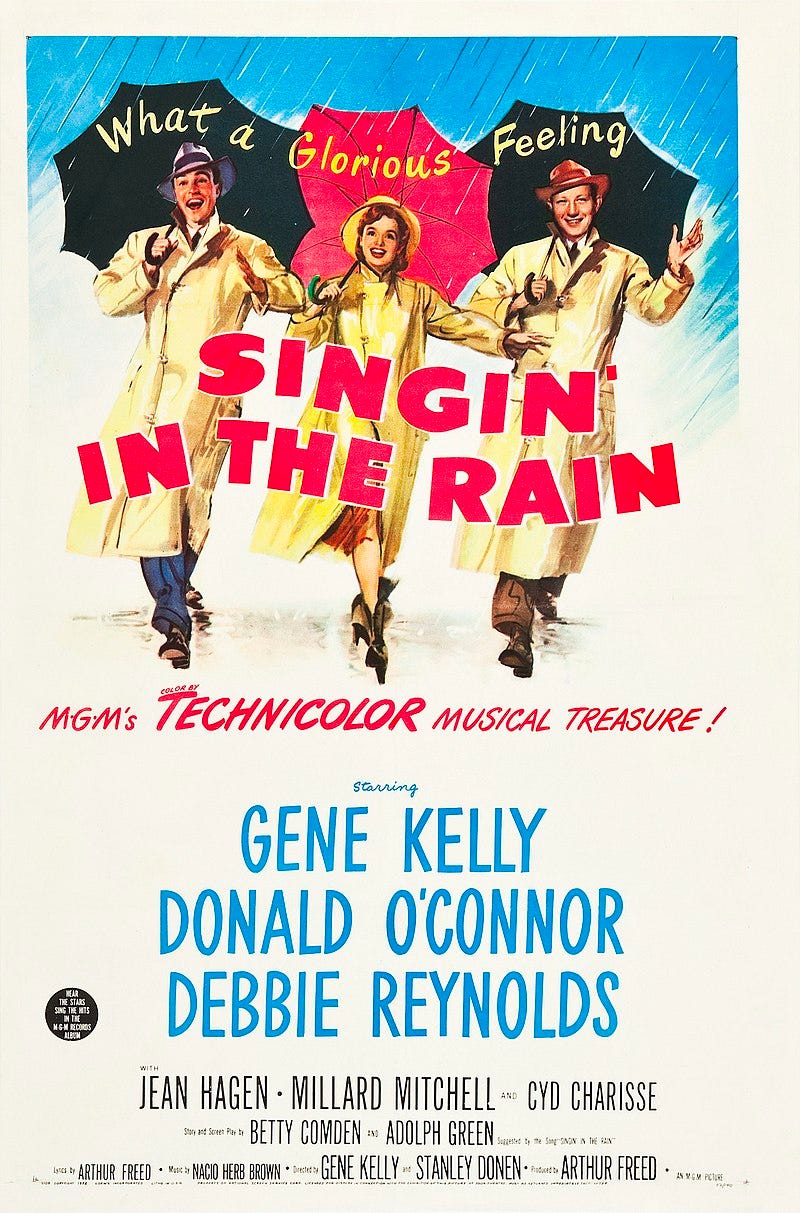Stormcock. No doubt that’s been narrowly rejected as a Bond film title on at least three occasions. But it’s also a traditional name for the mistle thrush, and it gives away the bird’s distinctive tendency to belt it out in bad weather.
Of our three resident thrushes, the mistle thrush is the biggest but least often seen, being a wary bird of more open places such as parkland and pasture.
The song is something like a rushed blackbird. It’s a brief torrent of fluty notes, almost like a turn on a toy carousel. Then a pause. Then another round.
Mistle thrushes often choose the very highest perches, lending their song a removed, unearthly quality. That effect is heightened by their habit of performing in poor weather, when most other birds have better ideas.
On the ground a mistle thrush appears superficially like a song thrush, brown on the back and strongly speckled underneath.
A second look may reveal the greyness on the head and wings, the long tail and the blobby, rather than arrowhead-shaped speckling.
They’re noisier too. The harsh rattling call given in flight and during confrontations carries a long way, especially when it’s being deployed at high intensity to chase off unwanted company.
This can make the mistle thrush seem somewhat angry. Perhaps that’s as it should be, for while humans profess love under a sprig of mistletoe, these birds prefer to tear off the berries and excrete them from a great height.
There’s a new Shriek of the Week every Friday. If you know someone who might like a regular dose of birdsong in their inbox, feel free to pass this on.
Media credits:
Thanks to Fintan O’Brien for his mistle thrush recording.
Photo by TheOtherKev on Pixabay





Beautiful